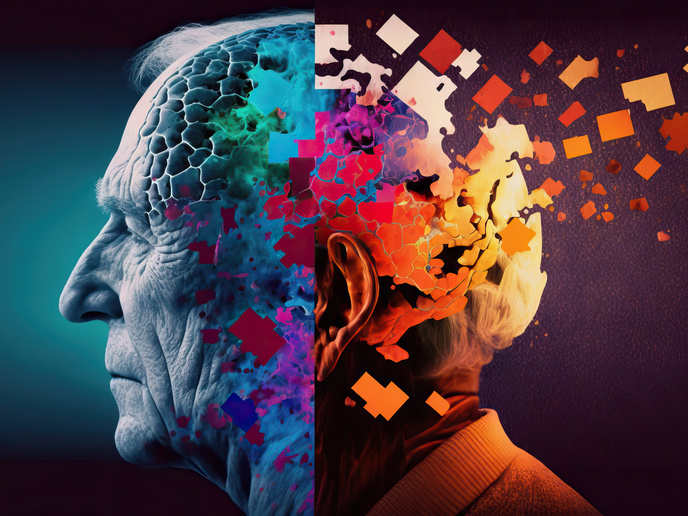Unravelling the network connectivity and function of NG2 cells
Until recently, studies of nervous system function were focused on neurons. It is now widely recognised that glial cells – non-neuronal cells in the central nervous system – play more than a supporting role. NG2 cells (oligodendrocyte precursor cells or OPCs) are the most recently described class of glial cells. We are just beginning to unravel how they are embedded in the neural network and contribute to its function. NG2 cells contact neurons, and neurons form synapses on NG2 cells. Interestingly, unlike most neurons, NG2 cells retain their capacity for self-renewal. With the support of the Marie Skłodowska-Curie Actions (MSCA) programme, the NG2-cells(opens in new window) project took a closer look at NG2 cell morphology, connectivity and physiology.
A multi-faceted role in brain function
OPCs give rise to mature oligodendrocytes that generate myelin, a fatty sheath wrapped around axons to ensure fast, efficient nerve conduction and protect nerve fibres from degeneration. Loss of myelin and oligodendrocyte dysfunction play a role in many neurodegenerative diseases. NG2 cells have primarily been studied in this regard. However, NG2 cells interact with neurons and other glial cells. They have numerous protrusions that extend into the surrounding brain tissue, and they are found throughout the brain. The NG2-cells project took a closer look at the contacts and behaviour of these enigmatic glial cells.
Morphological and functional connectivity
The project evaluated the distribution of NG2 cells and some of their interaction partners at different developmental stages. According to Friederike Pfeiffer of project coordinator Eberhard Karl University of Tübingen(opens in new window) and MSCA Fellow, “Using high resolution microscopy revealing NG2-cells in green, blood vessels in red and general cell nuclei in blue, we followed the weblike NG2 protrusions to identify their targets and found that they frequently contact blood vessels(opens in new window) and neurons.” Their intimate contact with vasculature and neurons suggests that NG2 cells may play a role in ‘neurovascular coupling,’ a recently described phenomenon referring to the close link between neural activity and cerebral blood flow. NG2 cells may modulate metabolic support to active brain regions or even modulate blood-brain barrier properties.
NG2 cells in nervous system health and disease
The team adapted several techniques to study physiological changes in NG2 cells and evaluated the reaction of the cells to deregulations within the network. They are currently investigating how NG2 cell interactions with neurons and vasculature change the behaviour of NG2 cells. In addition, although not in the original plan, the team identified some putative target molecules and set the stage to study the molecular mechanisms underlying the interactions between NG2 cells and other cell types. Comparing the project’s morphological findings to recent RNA sequencing, NG2 cells are probably affected and/or involved in the manifestation of many, if not all, neurodegenerative diseases and neurological disorders. Pfeiffer concludes: “Glial cells seem to play a role in the highly complex processing of signals underlying the highly complex tasks we perform daily. Our project opens the door to new avenues of research to ultimately understand the contribution of NG2 cells to proper brain function and find new targets for future therapies that improve brain function in neurodegenerative disorders.” NG2 cells, the newest in the glial cell family, hold promise as a path to restoration of nervous system function, and Pfeiffer’s work is propelling us towards a solution.







